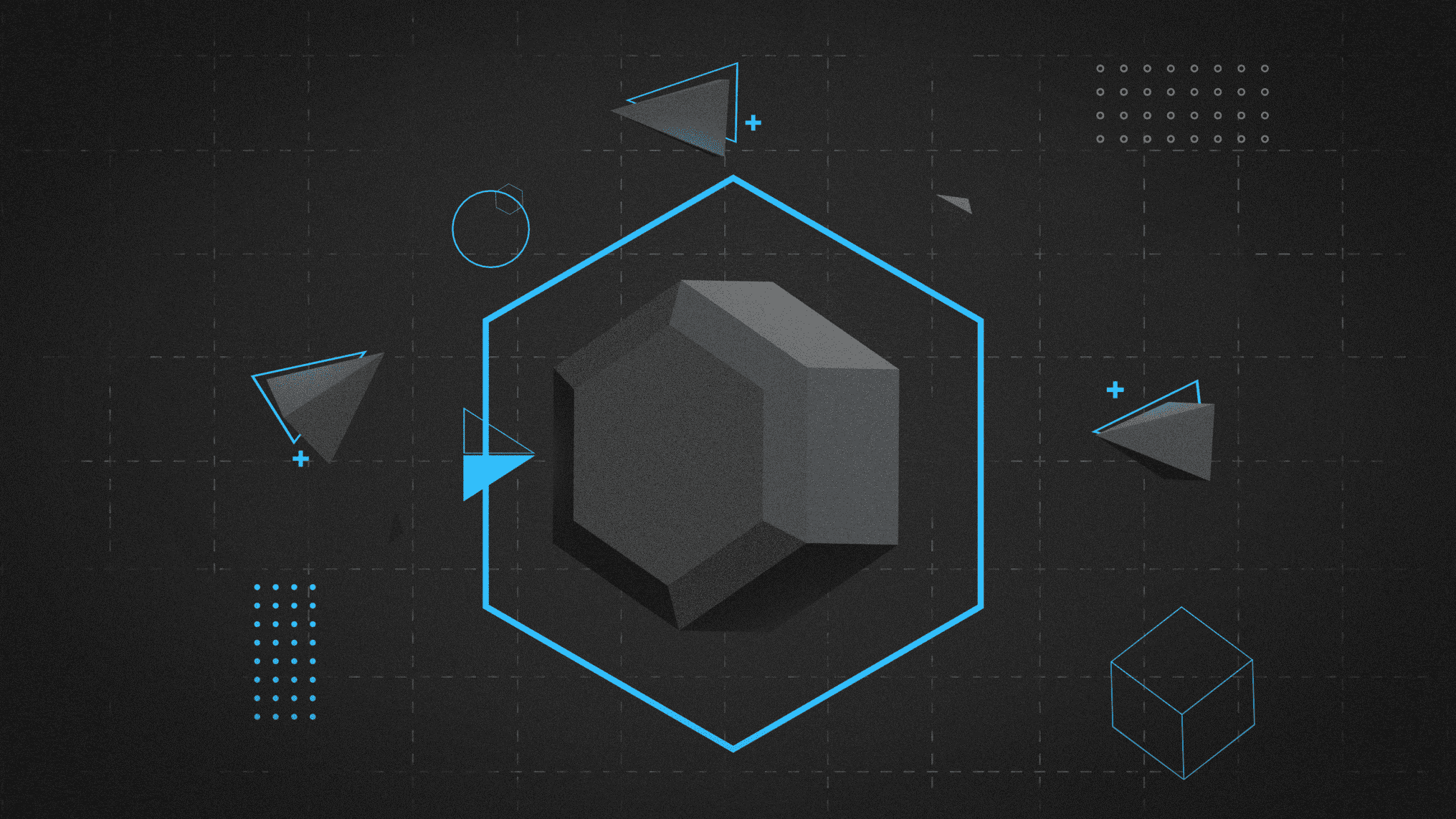Table of Contents
In recent years, the rapid advancement of artificial intelligence technology has sparked intense debate about its role in the workplace and its impact on human employment. As AI systems become increasingly sophisticated, many traditional jobs and tasks are being automated, leading to fundamental questions about the future of work and the role of human workers in an AI-driven economy.
This discussion has become particularly relevant as we witness AI’s growing capabilities across diverse sectors, from autonomous vehicles to creative content generation, and medical diagnostics to financial analysis. The question of whether humans should continue performing tasks that AI can handle efficiently raises complex economic, ethical, and social considerations that deserve careful examination.
The transformation of the workplace through AI implementation is not just a theoretical concept but a tangible reality that organizations worldwide are grappling with. From small startups to multinational corporations, businesses are increasingly incorporating AI solutions into their operations, forcing both employers and employees to reconsider traditional work paradigms and adapt to new technological realities.
As we stand at this crucial juncture of technological evolution, it becomes essential to examine both the opportunities and challenges that AI presents in the workplace. This analysis must consider not only the technical capabilities of AI systems but also their broader implications for workforce development, economic stability, and social equity. Understanding the current state of AI in the workplace provides a foundation for making informed decisions about its implementation and its coexistence with human workers. At Pipeliner, we believe that with the right strategies, AI can boost productivity with workforce.
The Current State of AI in the Workplace
Artificial intelligence has demonstrated remarkable and increasingly sophisticated capabilities across an extensive range of fields, from complex data analysis and algorithmic content creation to personalized customer service interactions and advanced medical diagnostic support. The technology has evolved to handle tasks with such precision and efficiency that many functions previously requiring human expertise and judgment can now be automated through AI systems, naturally raising legitimate concerns about potential workforce displacement and the changing nature of employment in various sectors.
The integration of AI into workplace systems has undergone a dramatic acceleration in recent years, marked by significant advancements in key technologies. Machine learning algorithms have become more refined and adaptable, natural language processing has achieved near-human levels of comprehension and generation, and computer vision systems can now interpret visual information with extraordinary accuracy.
This technological evolution has triggered substantial transformations across a diverse spectrum of industries, from traditional manufacturing facilities and healthcare institutions to financial services organizations and retail operations, fundamentally altering how work is performed and managed in these sectors.
Understanding AI’s Capabilities and Limitations
Before delving into the complex question of whether humans should continue performing tasks that artificial intelligence is capable of handling, it is essential to develop a comprehensive understanding of AI’s current capabilities and inherent limitations. This understanding will provide a crucial foundation for making informed decisions about the role of human workers in an AI-enhanced workplace:
- Pattern Recognition and Analysis: AI demonstrates remarkable proficiency in identifying complex patterns within extensive datasets, leveraging sophisticated algorithms to make accurate predictions based on historical information and trends.
- Repetitive Task Execution: AI systems excel at performing repetitive operations with unwavering precision and consistency, maintaining high-performance levels without experiencing the fatigue or attention degradation that typically affects human workers.
- Data Processing and Management: AI possesses extraordinary capabilities in processing and analyzing massive volumes of information at speeds that far surpass human cognitive abilities, making it invaluable for data-intensive tasks.
- Language Processing and Generation: Modern AI systems have achieved remarkable sophistication in understanding and generating human language, enabling natural interactions and complex linguistic tasks across multiple languages and contexts.
However, despite these impressive capabilities, AI systems face several significant limitations that are important to recognize:
- Contextual Understanding and Interpretation: AI frequently encounters difficulties when dealing with nuanced situations that require deep contextual comprehension and the ability to interpret subtle environmental or social cues.
- Emotional Intelligence and Empathy: AI systems remain fundamentally unable to truly understand or authentically respond to emotional nuances in human interactions, lacking the genuine capacity for empathy and emotional resonance.
- Creative Problem-Solving and Innovation: While AI can effectively generate solutions based on existing patterns and data, it struggles significantly with truly innovative problem-solving that requires original thinking and novel approaches.
- Moral Reasoning and Ethical Decision-Making: AI systems are inherently limited to following programmed rules and cannot engage in genuine ethical reasoning or make authentic moral judgments that require human values and consciousness.
The Case for Human Workers
Despite AI’s impressive capabilities, there are compelling and substantive reasons to maintain significant human involvement across numerous professional roles and domains:
- Human judgment and intuition: Humans possess unique and sophisticated abilities to handle complex, nuanced situations that require emotional intelligence and contextual understanding. This includes reading subtle social cues, understanding cultural contexts, and making intuitive decisions based on years of accumulated experience and wisdom.
- Creativity and innovation: While AI can generate content and solutions based on existing patterns, human creativity remains unmatched in terms of original thinking, breakthrough innovations, and the ability to make unexpected connections between disparate concepts. Humans can imagine entirely new possibilities and think outside established parameters in ways that AI currently cannot replicate.
- Ethical decision-making: Humans are better equipped to handle moral dilemmas and make value-based judgments that affect people’s lives. This includes understanding the subtle implications of decisions, weighing competing moral principles, and considering the broader societal impact of choices in ways that reflect human values and cultural sensitivities.
- Adaptability: Humans can quickly adjust to new situations and requirements, while AI systems often need extensive retraining. This natural flexibility allows humans to respond creatively to unexpected challenges, learn from novel situations, and apply knowledge across different contexts in ways that current AI systems struggle to match.
The Benefits of Human-AI Collaboration
Instead of framing the relationship between humans and AI as a competitive dynamic, we should embrace a more collaborative perspective that recognizes the unique value each brings to the workplace. By focusing on synergy rather than substitution, organizations can create environments where human capabilities and artificial intelligence complement and enhance each other:
- Enhanced productivity: AI excels at handling repetitive, time-consuming tasks with precision and consistency, which liberates human workers to concentrate on more sophisticated, intellectually stimulating, and fulfilling responsibilities that require critical thinking and creative problem-solving abilities.
- Improved accuracy: The combination of human oversight and AI processing creates a powerful system of checks and balances, where AI’s computational precision complements human intuition and experience, resulting in outcomes that surpass what either humans or machines could achieve independently.
- Innovation opportunities: AI tools serve as powerful catalysts for human creativity and problem-solving capabilities, providing advanced data analysis, pattern recognition, and simulation capabilities that can spark new insights and enable breakthrough innovations in ways previously impossible.
- Risk management: Human supervision plays a crucial role in monitoring AI systems, ensuring ethical compliance, catching potential errors, and making nuanced judgments in complex situations where context and human values are essential for appropriate decision-making.
The Social and Economic Implications
The integration of AI into the workplace raises several critical considerations that demand careful examination and thoughtful response from organizations, policymakers, and society as a whole:
- Job transformation: Many professional roles will undergo significant evolution rather than complete obsolescence, necessitating a fundamental shift in workforce skills and capabilities. This transformation will require comprehensive retraining programs and the development of new competencies that align with emerging technological requirements.
- Economic impact: While automation will inevitably replace certain traditional job functions, this technological shift is expected to generate numerous new employment opportunities and entirely new industries. The challenge lies in managing this transition effectively to minimize economic disruption while maximizing potential benefits.
- Social responsibility: Organizations must demonstrate strong ethical leadership by carefully considering the human implications of automation decisions. This includes developing comprehensive transition plans, providing adequate support systems for affected workers, and ensuring transparent communication throughout the implementation process.
- Wealth distribution: The economic advantages and productivity gains resulting from AI automation must be distributed equitably across various segments of society, requiring careful consideration of wage policies, profit-sharing mechanisms, and social support systems to prevent the exacerbation of existing economic inequalities.
Education and Skill Development
As artificial intelligence continues to rapidly evolve and reshape the professional landscape, the workforce must undergo comprehensive adaptation and transformation through several critical developmental pathways:
- Continuous learning: Maintaining an ongoing commitment to professional development through regular skill updates, certifications, and educational programs to ensure continued relevance and competitiveness in an increasingly AI-enhanced workplace environment.
- Digital literacy: Developing comprehensive understanding and practical expertise in working effectively with AI tools, platforms, and systems, including familiarity with fundamental AI concepts, data analysis principles, and emerging technological frameworks.
- Soft skills development: Cultivating and strengthening uniquely human capabilities that AI cannot replicate, such as advanced emotional intelligence, nuanced interpersonal communication, complex creative thinking, and sophisticated problem-solving approaches that require human intuition and experience.
- Technical training: Acquiring specialized knowledge and practical expertise necessary to effectively manage, oversee, and optimize AI systems, including understanding system limitations, troubleshooting potential issues, and ensuring proper integration with human workflows.
The Role of Policy and Regulation
As artificial intelligence becomes increasingly integrated into the workplace, governments and regulatory bodies must develop comprehensive frameworks and policies that address several critical areas:
- Protect workers: Establish robust legislation and guidelines to ensure fair treatment, equal opportunities, and appropriate compensation for employees in workplaces where AI systems are being implemented. This includes safeguarding worker rights, preventing discrimination, and maintaining a healthy work-life balance in an AI-enhanced environment.
- Guide implementation: Create detailed standards and protocols for the responsible deployment of AI technologies, including requirements for transparency, safety measures, and ethical considerations. These guidelines should outline best practices for AI integration while preserving human dignity and workplace well-being.
- Support transition: Develop comprehensive support systems and programs for workers affected by automation, including retraining initiatives, career counseling services, and financial assistance during transitional periods. This should encompass both short-term adjustment support and long-term career development resources.
- Ensure accountability: Implement rigorous oversight mechanisms to monitor AI systems’ impact on employment, working conditions, and organizational culture. This includes regular audits, impact assessments, and reporting requirements to ensure AI deployment aligns with established regulations and ethical standards.
Moving Forward
The fundamental question extends beyond whether humans should continue performing tasks that AI can handle – it’s about discovering and implementing the optimal synergy between human workers and artificial intelligence technologies in ways that maximize the unique strengths of both. This comprehensive optimization requires careful consideration of several critical elements:
- Continuous learning and development: Substantial and sustained investment in comprehensive training programs, educational initiatives, and skill development opportunities that enable workers to effectively adapt to evolving job requirements while mastering new competencies that complement AI capabilities.
- Thoughtful implementation strategies: Carefully planned and strategically executed integration of AI technologies that specifically aims to augment and enhance human capabilities rather than simply replacing them, focusing on creating collaborative systems that leverage the strengths of both human and artificial intelligence.
- Ethical considerations and impact assessment: Thorough and ongoing evaluation of the social, economic, and psychological impacts of automation decisions, ensuring that technological advancement proceeds in a way that respects human dignity, promotes social equity, and maintains workforce well-being.
- Long-term strategic planning: Development and implementation of comprehensive, forward-looking strategies that focus on creating and maintaining sustainable employment opportunities in an AI-enhanced future, while ensuring workforce resilience and adaptability in the face of technological change.
Conclusion
While AI can perform many tasks traditionally done by humans, the optimal approach is not to completely replace human workers but to find the right balance between human and artificial intelligence. The future workplace will likely be one where humans and AI complement each other’s strengths, creating more value than either could achieve alone.
The key lies in understanding that the goal of AI should be to augment human capabilities rather than replace them entirely. By focusing on this collaborative approach, organizations can create more resilient, innovative, and productive workplaces that benefit both their employees and their bottom line.
As we move forward, the success of integrating AI into the workplace will depend on our ability to maintain a human-centric approach while leveraging the powerful capabilities of artificial intelligence. This balanced approach will be crucial for creating a sustainable and prosperous future of work. With AI, we all can work towards a brighter tomorrow.


